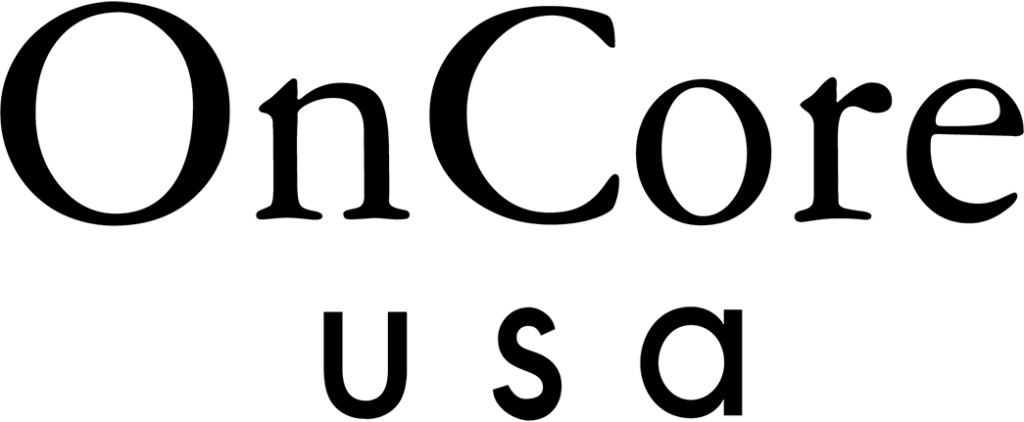
Body Language
As you settle into a new job and begin interacting with your colleagues, it is important to consider what sort of messages you might be sending unwittingly. Is your body language negatively affecting your interactions with coworkers? What does your body language say about you? How can you be more aware of your nonverbal communication? Whether in a group setting or one-on-one, your body language says a lot and can impact how others perceive you. Here are five areas to be aware of when engaging with others at work.
1: Let’s start at the top of the body. What are your eyes saying? Eye contact can be difficult to maintain or maneuver, but if you can meet the gaze of your coworkers, you will demonstrate both interest and respect to what he/she is saying and in return, he/she should respect you. As you practice your own eye contact, keep in mind that others may also have difficulty with eye contact — it can be intimidating to look someone directly in the eye, or to reciprocate, but it is a valuable exercise. Be patient with others who have difficulty with this tactic and be mindful that eye contact can come across as overbearing if used too frequently or for too long. Try to be courteous and self-aware to others by engaging with a glance.
2: Below the eyes, is the mouth. The most important thing about your mouth is, of course, the words that come out of it, but it is critical to also make sure you are enunciating and speaking at a reasonable pace. When we get excited or are unsure about our ideas, there is a temptation to speak quickly or softly or worse yet, to mumble. But to be taken seriously, always speak with confidence and clarity — this means consciously slowing down our pace and taking time to let the words form in our mouths, so our message is delivered effectively. It may seem obvious, but avoid chewing or biting your lip while you are talking and be aware that these might be habits you subconsciously engage in.
3: As we move down our body, let’s consider our shoulders. Since most of us are not trained ballerinas, and often because we are typing and hunched over our computers, our shoulders and posture suffer. We have to work hard to straighten our shoulders and generally do not mindfully prioritize our spine. If you can, however, be cognizant of your posture when standing and talking with others, it can make a world of difference in your interactions. If you are constantly slouching, this lends itself to a nonverbal cue that suggests disinterest and may create the unintended perception that you are unapproachable. Try to practice better posture when sitting in front of your computer, or even standing in line at the grocery store. By implementing it into your conscious thinking, it will help you feel less awkward about it in front of others.
4: Due to the fact that we often slouch, our arms may naturally fall into folding across our bodies. Folding your arms can actually send two different, but detrimental messages. First, if you are speaking and you have your arms folded, it can seem like you are timid or unsure — this can be especially detrimental in an interview setting where you want to exude confidence. Additionally, if someone else is speaking and you fold your arms, it may seem like you are not open to your co-workers’ ideas or even bored; you will seem blocked off and possibly unintentionally aggressive. While most people cross their arms unintentionally or for comfort, it can be one of the most unwelcoming cues. Imagine approaching someone who has their arms-arms crossed and body slouched versus someone who is standing upright either with their arms at their side or gesticulating with their hands. The first person probably would seem unapproachable, whereas the other person would be demonstrating a more engaged and welcoming demeanor.
5: Because your body posture can make such a big impact on your likability and overall reputation, it is important to work on your nonverbal cues. But, because our body language can be so subconscious, try to also consider some of the things you can definitely control. If you have some trouble with your body language, consider what your wardrobe can do for you. One great way to is to subliminally showcase your authority on a subject matter is to wear a bold color when leading a meeting. Additionally, consider the culture of your workspace — you may want to think about “jazzing” up your business attire with an accessory (like a watch or bright scarf) that suggests personality and flare. In addition to helping you stand out and commanding attention, these pieces can also be good conversation starters.




